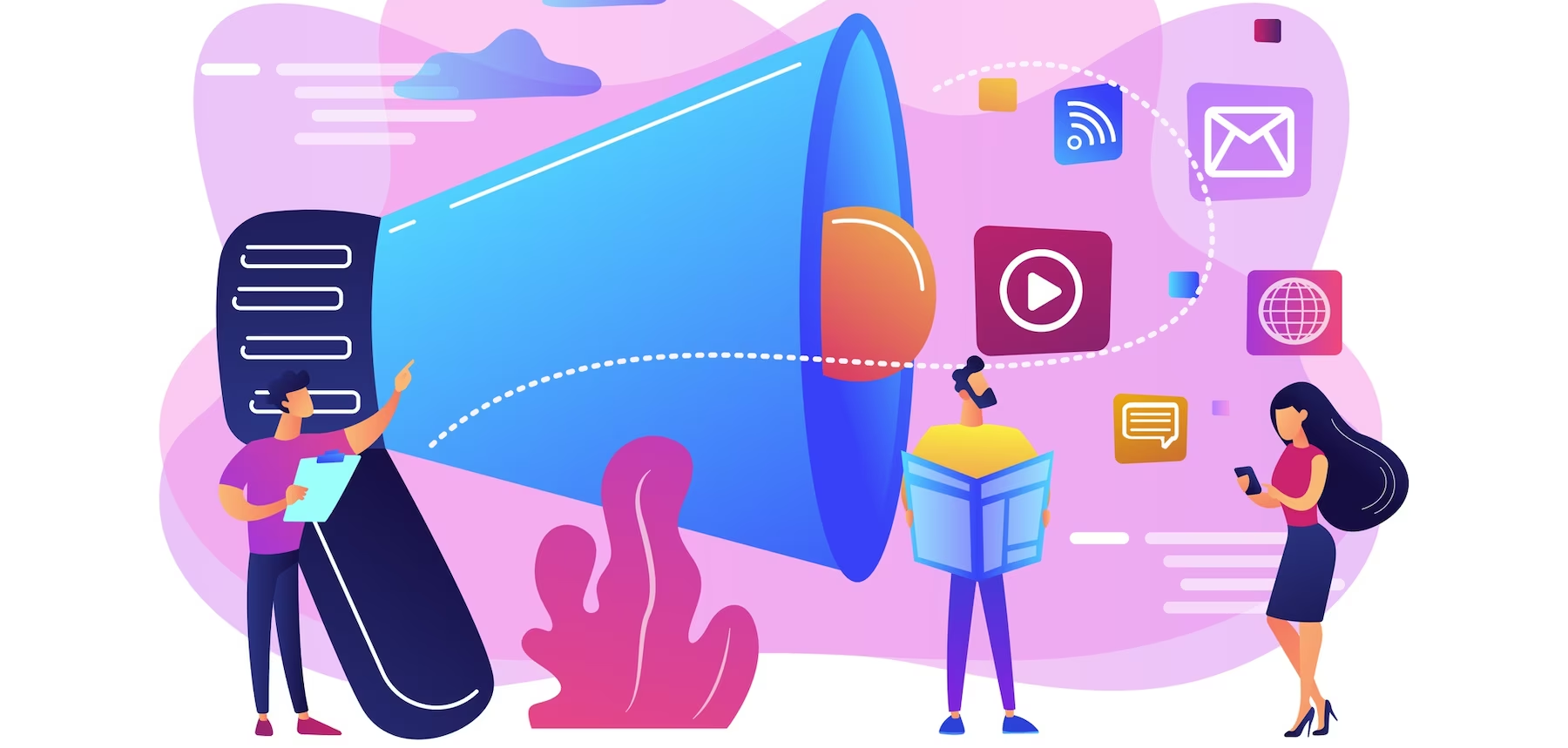
Bluetooth beacon marketing is a powerful strategy that leverages location-based technology to deliver highly targeted and personalized messages to consumers. By using small, low-energy Bluetooth devices known as beacons, businesses can enhance customer engagement, drive sales, and gather valuable insights. This article provides a comprehensive guide on how to effectively use Bluetooth beacons for marketing, including strategies, best practices, and real-world examples.
Understanding Bluetooth Beacon Marketing
Bluetooth beacons are small devices that transmit signals using Bluetooth Low Energy (BLE) technology. These signals can be detected by nearby smartphones or tablets, triggering specific actions or notifications on the user’s device. Beacons are particularly useful for proximity marketing, allowing businesses to send targeted messages and offers to customers who are in close proximity to their physical locations.
Benefits of Bluetooth Beacon Marketing
- Enhanced Customer Engagement: Beacons enable businesses to deliver personalized and timely notifications, capturing customer attention at the right moment.
- Increased Sales and Conversions: By sending relevant offers and promotions, businesses can drive impulse purchases and increase conversion rates.
- Data Insights: Beacons provide valuable data on customer behavior, such as dwell times and popular areas, helping businesses optimize their marketing strategies.
- Cost-Effective Solution: Beacons are relatively inexpensive and easy to deploy, making them accessible for businesses of all sizes.
Strategies for Effective Beacon Marketing
1. Personalization and Contextual Messaging
Beacons allow for highly personalized marketing by delivering messages that are relevant to the customer’s location and context. For example, a retail store can send a welcome message and a discount offer to customers who enter the store. This level of personalization increases the likelihood of engagement and conversion.
2. Real-Time Notifications
Timely notifications are crucial for capturing customer attention. Beacons can send real-time messages, such as limited-time offers or new product launches, ensuring that customers receive relevant information at the right moment.
3. Integration with Mobile Apps
Beacon marketing is often integrated with mobile apps, allowing businesses to leverage their existing user base. By integrating beacon technology into mobile apps, businesses can provide location-based services, personalized recommendations, and seamless in-store navigation.
4. Data Collection and Analytics
Beacons can collect valuable data on customer behavior, such as movement patterns and dwell times. This data can be analyzed to optimize store layouts, product placements, and marketing strategies.
Practical Tips for Implementing Beacon Marketing
1. Choose the Right Beacon Hardware
Select beacons that suit your specific needs, considering factors such as range, battery life, and compatibility with your existing infrastructure. Popular beacon hardware providers include Estimote and Kontakt.io.
2. Strategic Placement
Place beacons in strategic locations where they can reach your target audience. For example, in a retail store, beacons can be placed near product displays or entrance areas to trigger relevant notifications.
3. Engaging Content
Craft compelling and relevant content for your proximity-based notifications. Tailor your messages to the specific location and context in which the beacons are deployed. For instance, if a customer is near a particular product, you can send a notification highlighting its features or offering a special discount.
4. Testing and Optimization
Conduct real-world tests to ensure that notifications are triggered accurately and delivered promptly. Monitor user engagement and feedback to refine your proximity-based marketing strategy over time.
Real-World Examples
Retail
A coffee shop used Bluetooth beacons to send personalized offers to customers who entered the store. This strategy not only increased foot traffic but also boosted sales by encouraging impulse purchases.
Museums
The Guggenheim Museum in New York used beacons to deliver personalized audio guides to visitors as they moved through the museum. This enhanced the visitor experience and increased engagement.
Events
The London Eye implemented beacons to provide real-time information and offers to visitors. This strategy increased ticket sales and improved visitor satisfaction.
Conclusion
Bluetooth beacon marketing offers a powerful way to engage customers through highly personalized and location-based interactions. By leveraging BLE technology, businesses can deliver targeted messages, promotions, and experiences that enhance customer engagement and drive sales. Successful implementations in retail, hospitality, and cultural institutions demonstrate the potential of beacon marketing to revolutionize customer interactions. As businesses continue to explore the possibilities of this technology, Bluetooth beacon marketing is set to play a crucial role in shaping the future of customer engagement.



